Nothing to do with making popcorn
When your Mac warms up or slows down to a crawl, you’ll likely notice a process called kernel_task using lots of CPU. Why does it do that? What does kernel_task even mean? Should you be concerned?
Read on to learn what kernel_task is on Mac and why it causes high CPU usage. You’ll also learn ways to reduce excessive kernel_task activity in macOS.
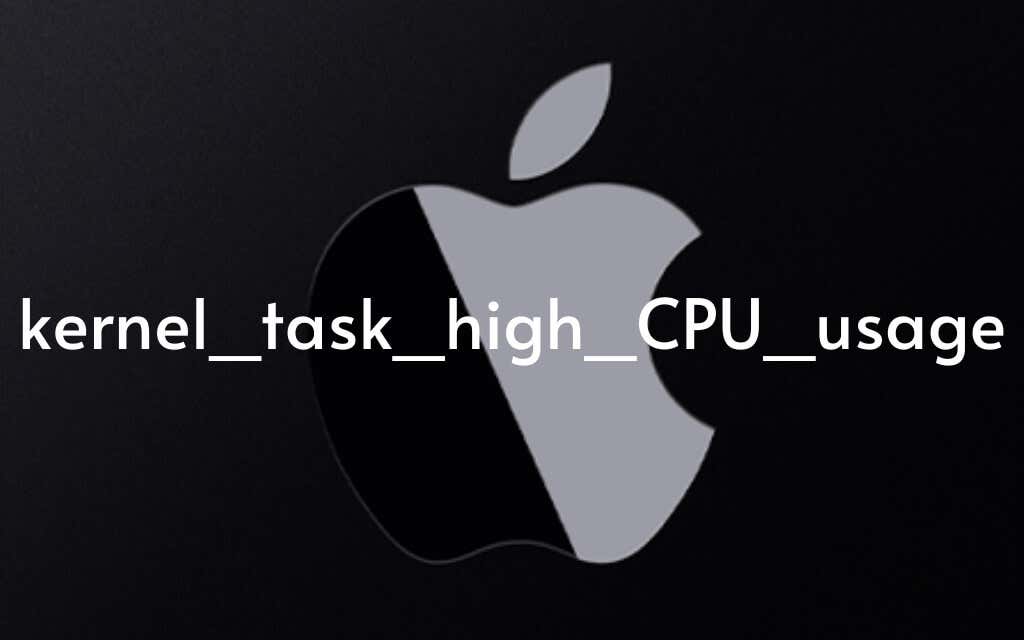
What Is Kernel_Task on Mac?
Kernel_task is a native process in macOS. It’s related to the kernel, the deepest programming level that makes the software and Mac’s hardware work.
Kernel_task handles a host of essential background functions on your MacBook Pro, MacBook Air, iMac, or Mac Mini, such as allocating system resources (CPU and RAM) between programs and system services.
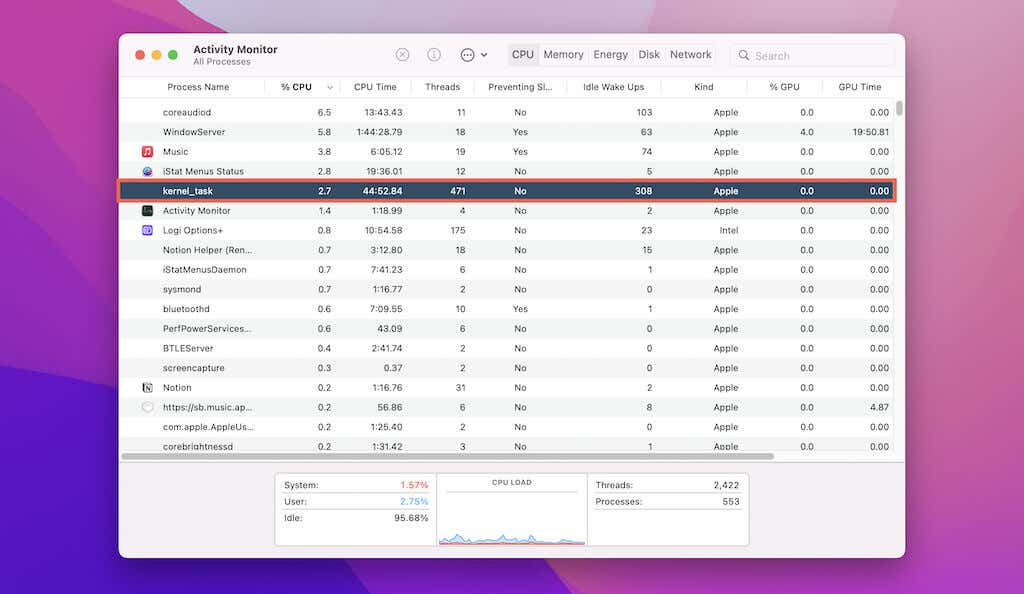
But most importantly, it plays a significant role in temperature management. That’s where high kernel_task activity comes into the picture.
Why Kernel_Task Causes High CPU Usage?
Your Mac can heat up for any number of reasons. For example, performing a resource-intensive activity (such as editing or exporting video at super-high resolutions) almost always spikes the CPU temperature. Rendering CPU-heavy web elements, using inefficient plugins in Chrome or Safari, or playing Adobe Flash-related content can also warm things up.
When that happens, kernel_task will kick into action and prevent processes from using additional processing power and generating even more heat. It does so by simulating empty CPU cycles.
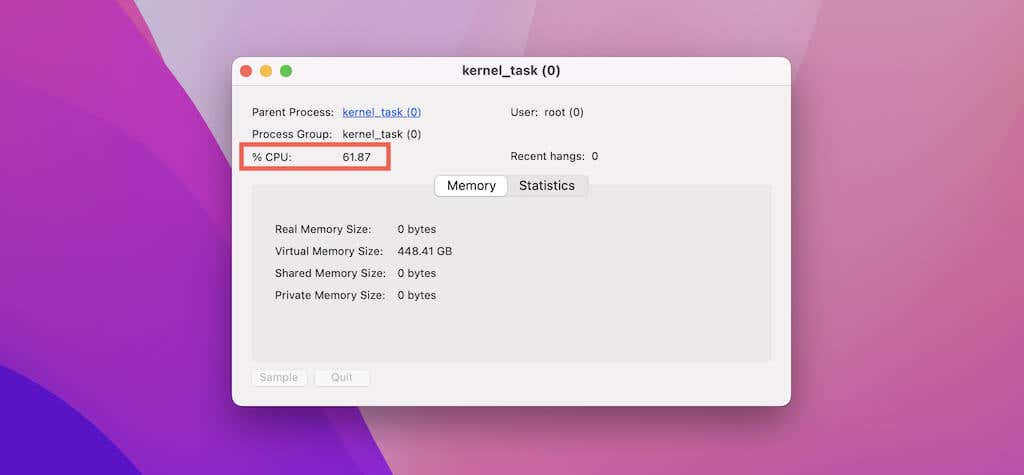
Is High Kernel_Task CPU Usage Cause for Concern?
Most of the time, high kernel_task activity is not a cause for concern. To recap, if you continuously engage in resource-intensive tasks, expect high kernel_task CPU usage on your Mac. It’s just routine maintenance to prevent Mac’s internals from excessive heat damage.
But if you consistently notice kernel_task using the CPU power for no apparent reason, you may have a problem on your hands. For example, unoptimized apps, obsolete applications, system caches, and buggy kernel extensions can warm up your Mac without any proportionate increase in activity.
Reducing High Kernel_Task CPU Usage on Mac
To fix persistently high kernel_task activity, you must resolve any underlying reasons contributing to extra heat on your Mac. The troubleshooting tips below will help you with that.
Force-Quit Apps
Start by identifying processes other than kernel_task that consume lots of CPU using the Mac’s Activity Monitor. Hint—select the CPU column to sort processes by activity.
If a CPU-intensive process appears to be a part of a typical activity (e.g., video exporting), wait for it to finish. If not, close or force-quit the process by selecting the Stop button at the top of the Activity Monitor window.
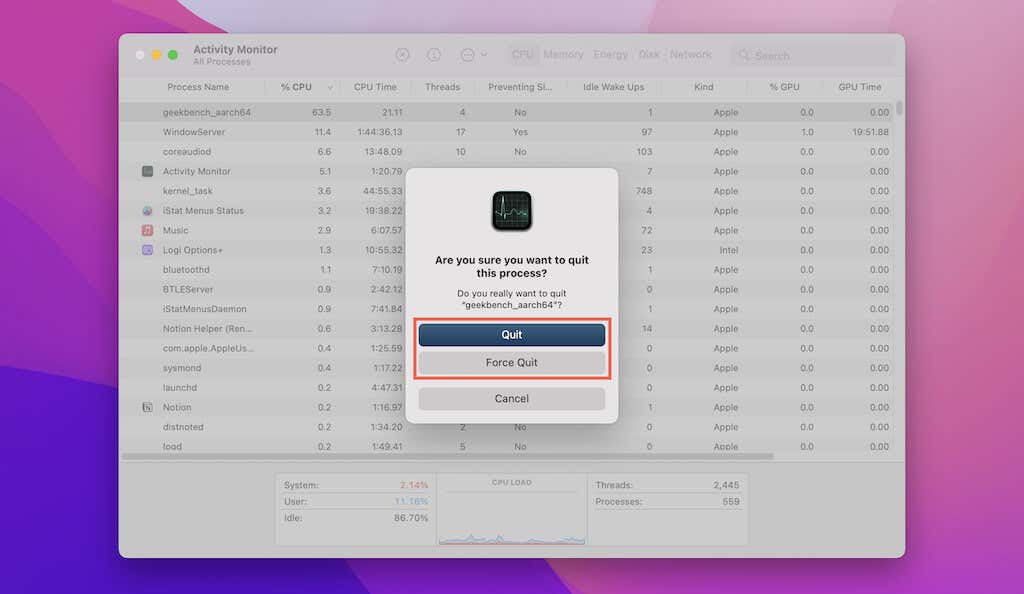
Shut Down and Reboot
Another fix involves restarting your Mac. That’s a quick way to eliminate any rogue processes contributing to the kernel_task issue.
Update Apps
Next up, try updating the apps that run on the Mac. It’s best to focus your attention on any programs that increase your Mac’s CPU load.
Start by opening the Mac’s App Store and look underneath the Updates tab on the sidebar for any pending app updates.
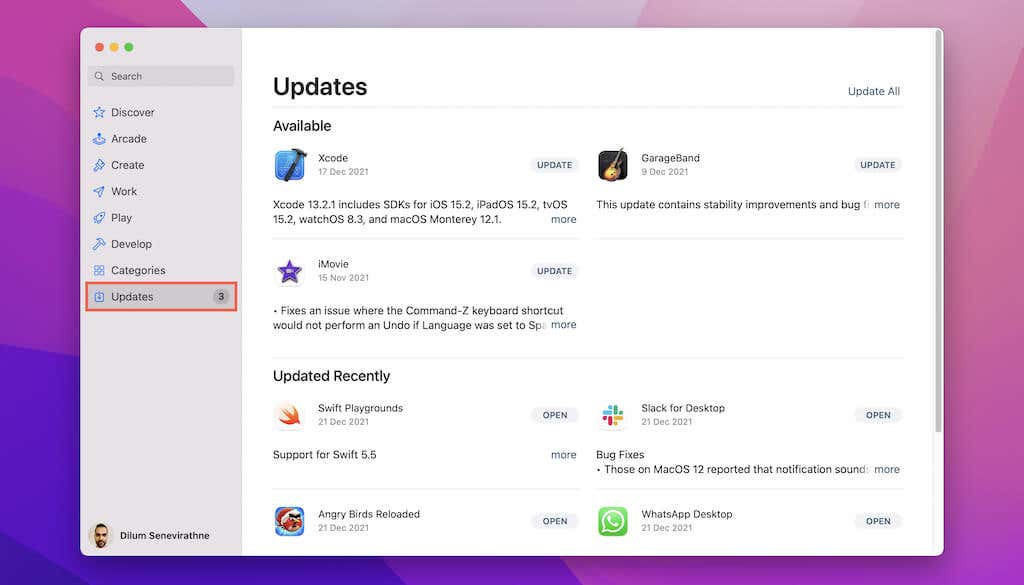
For programs that you got outside the Mac App Store, look for a Check for Updates option within the applications themselves.
Update macOS
Buggy instances of macOS (especially early releases of major version upgrades) can result in memory leaks and overheating issues. Update the operating system and see if that makes a difference.
To update macOS, open the Apple menu from the left side of the Mac’s menu bar and select System Preferences > Software Update > Update Now.
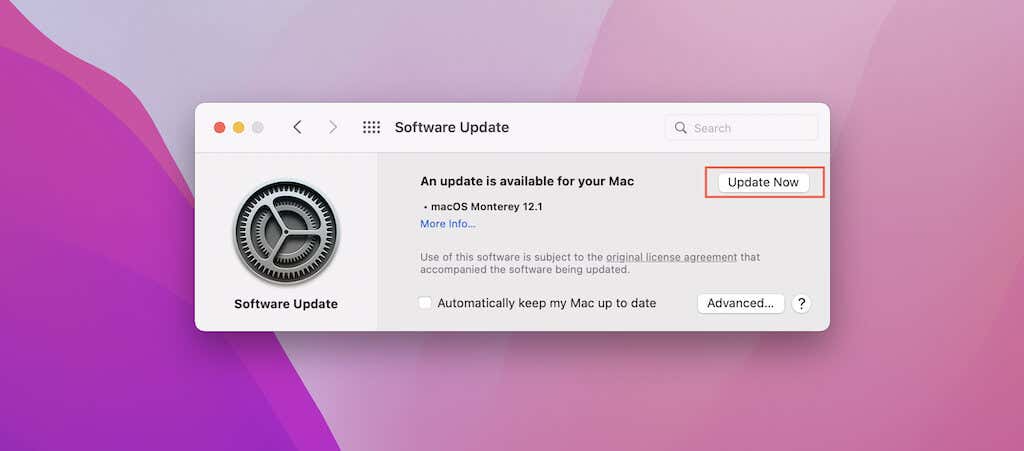
Use Mac in a Cooler Environment
If you’re using your Mac outdoors or in hot weather, the external temperature can cause your Mac to warm up and kick kernel_task into high gear. Try moving the device to a cooler or well-ventilated area.
Reset NVRAM or PRAM
If you use an Intel Mac, you might want to try resetting the NVRAM or PRAM. It’s a tiny portion of volatile memory that holds system-critical settings (e.g., display resolution, startup disk preferences, date, timezone, etc.). A corrupt NVRAM can result in all sorts of issues, so resetting it might fix kernel issues.
To reset the NVRAM, start by turning off your Mac. Then, turn it back on while holding down the Command, Option, P, and R keys. Release once you hear the startup chime for the second time. If you use a Mac with an Apple T2 Security Chip, release the keys after 20 seconds.
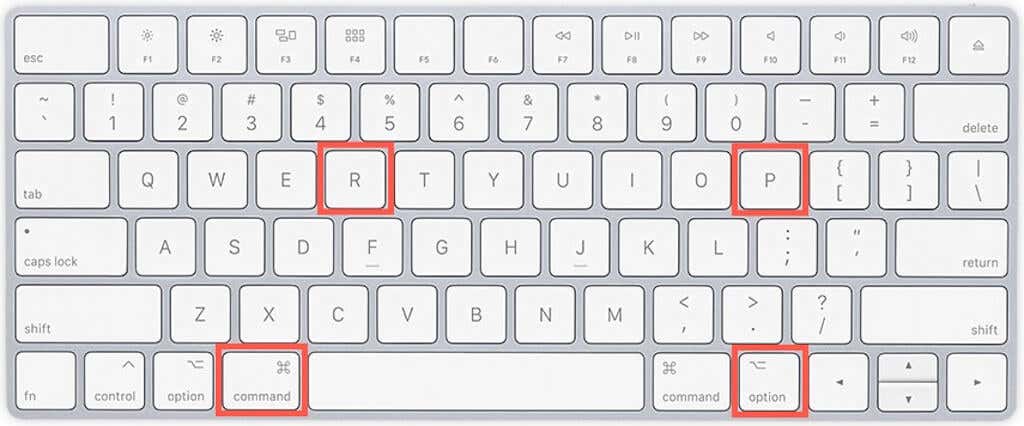
Reset SMC
In addition to the NVRAM, you may want to go the extra step and reset the SMC (system management controller) on Mac.
Clear the Mac’s Cache
Outdated or corrupt temporary files can also cause performance issues in macOS, so the next fix involves clearing the application and system cache.
Use the free Onyx app to clear Mac’s cache quickly. Refer to our guide about clearing the Mac’s cache if you prefer the manual approach.
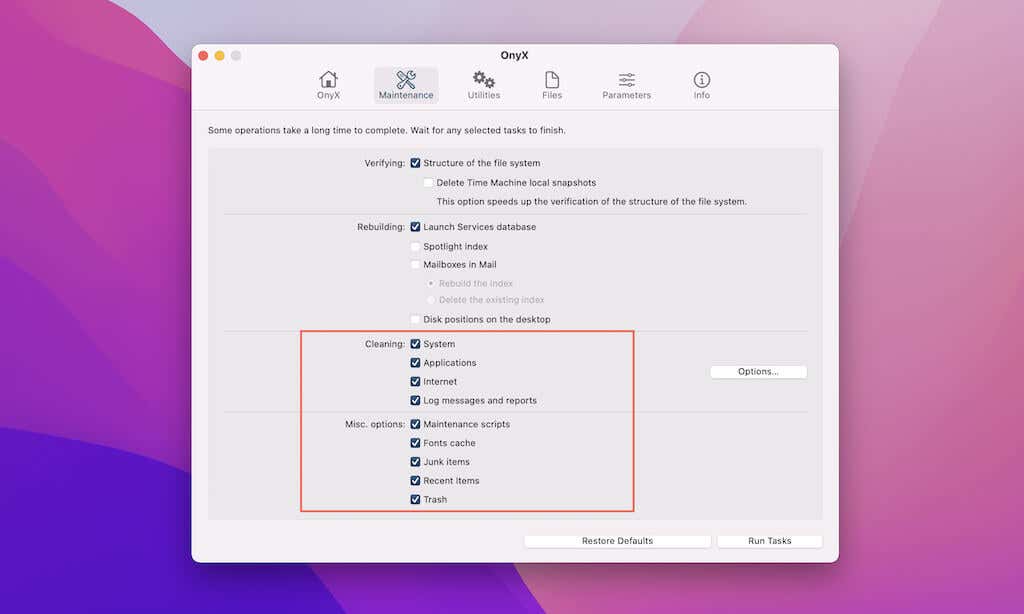
Enter & Exit Safe Mode
Entering and exiting Safe Mode on the Mac helps clear the kernel cache. To enter Safe Mode on an Intel Mac, simply hold down the Shift key at startup until you see the login screen.
If you use an Apple Silicon Mac, turn it on while holding down the Power button. Once you get to the Startup Options screen, hold down the Shift key and select Macintosh HD > Continue in Safe Mode.
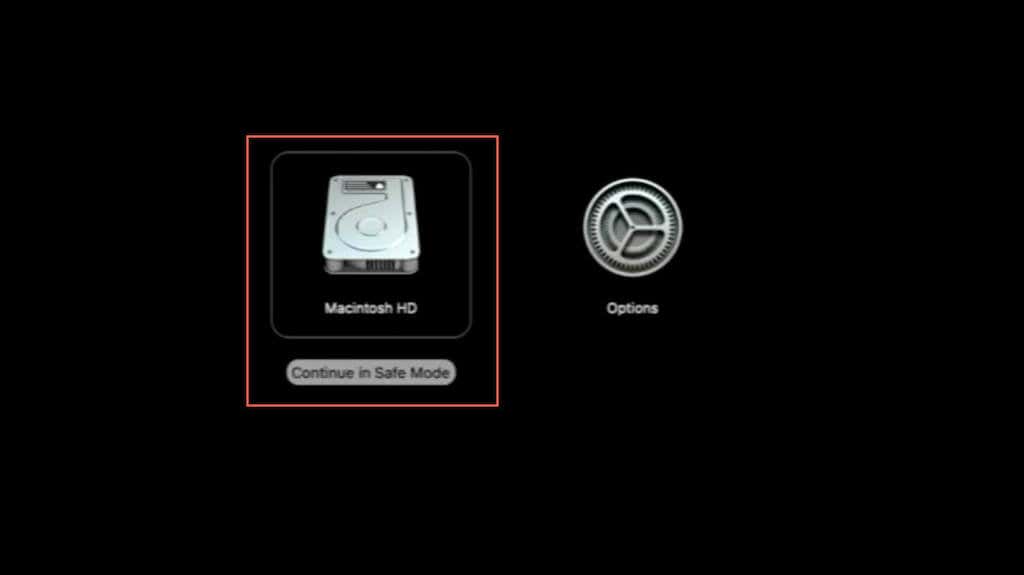
Run a Malware Scan
Macs have a reputation for being resilient against malware, but that doesn’t mean that they’re completely immune. To scan for and remove malicious processes and rootkits on Mac, consider running a scan for malware using a free anti-malware utility. Malwarebytes is an excellent choice.
Delete Kernel Extensions
Finally, you might want to take the time to identify and disable any third-party kernel extensions (or kexts). Kexts extend the default functionality of the Mac’s kernel, but they can also result in high kernel_task activity or kernel panic errors.
You can use a free diagnostics utility called EtreCheckPro to scan for and review a list of installed kernel extensions. You must then uninstall the related programs to remove the kexts.
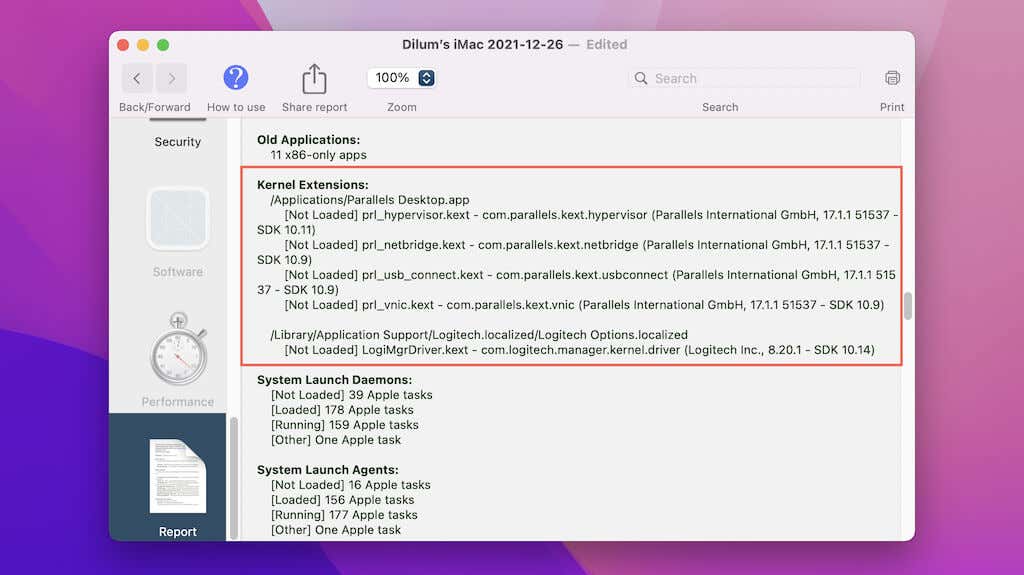
Kernel_Task: Best Left to Its Own Means
Hopefully, this tutorial helped you understand the kernel_task process on Mac and what you can do to resolve kernel_task high CPU usage. If the issue persists, you might want to reinstall macOS via Recovery Mode. If that fails as well, the problem could be hardware-related. In that case, contact Apple Support for help.




